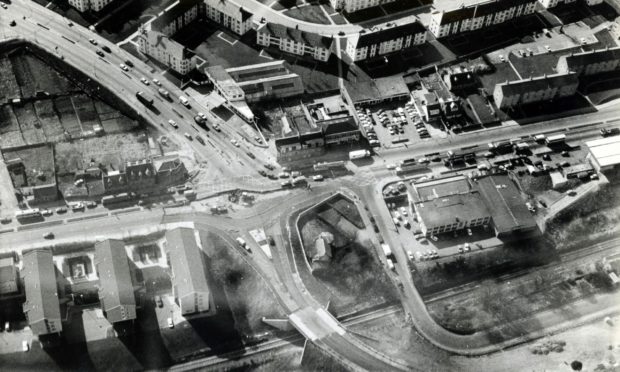Anderson Drive has been the scourge of drivers for decades, with commuters and visitors alike familiar with tailbacks and traffic lights while trying to bypass Aberdeen.
An ancient city that was never designed with traffic in mind, Aberdeen’s infrastructure has had to work around rivers, historic bridges and buildings – with varied success.
Anderson Drive in its first incarnation was completed in 1928 as as an outer ring road bypassing Aberdeen from south to north.
Named after one of the city’s Victorian Provosts Alexander Anderson, it cost £160,000 to build and – at this time surrounded by open country to the west – was described as a “handsome drive”.
But as the decades wore on, the surrounding fields were quickly enveloped by new housing estates, making Anderson Drive a very busy thoroughfare for residents and travellers.
Join us on the road down memory lane as we look at archive photos of one of the north-east’s busiest roads.
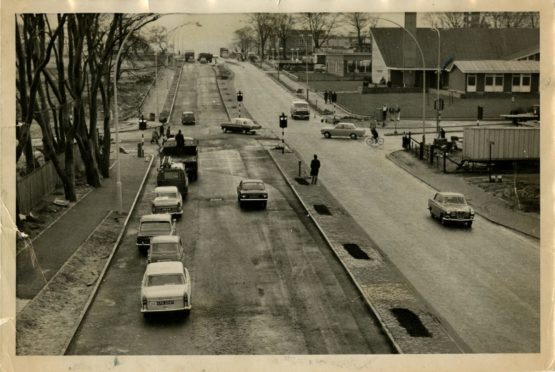
This view of Anderson Drive looking south in 1970 shows the junction with the Lang Stracht and Westburn Road.
The southbound drivers were on the new section of dual carriageway which had been completed to help alleviate traffic issues.
The junction looks familiar, but these days there is a lot more surrounding development – and traffic.
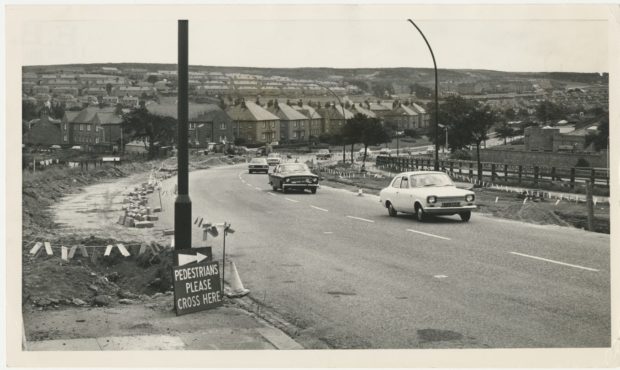
The dualling work continued into the 1970s; this photo from August 1972 gives a glimpse of a major work in progress.
This view from Ruthrieston Bridge looking down South Anderson Drive shows the land on either side of the road earmarked for expansion.
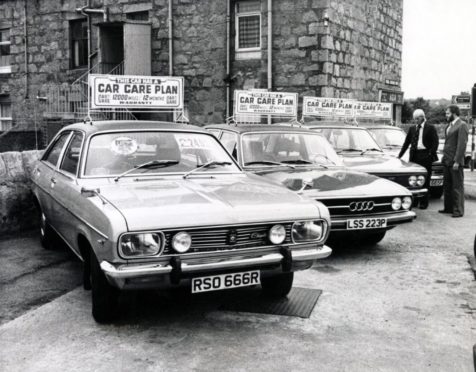
Ideally located for any passing drivers dreaming of upgrading their motors was the Morrison Brothers’ Blue Star garage forecourt at North Anderson Drive.
This photo shows some of the cars available from the garage in 1979, at the time the brothers’ were the main dealers in the region for the Mitsubishi Colt.
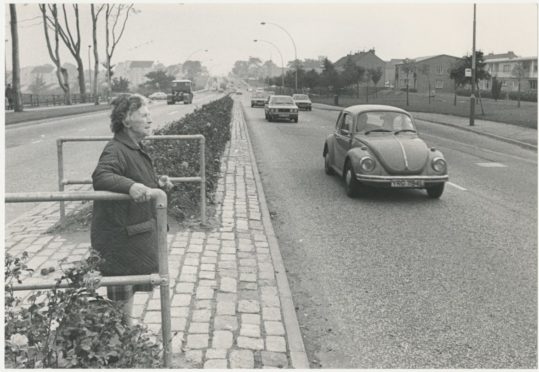
Increased traffic and increased housing around Anderson Drive did prove problematic for pedestrians and residents.
Living next to a busy dual carriageway when most amenities were at the other side was not ideal for locals in the 1970s.
One plucky pensioner, Barbara Robertson of Woodhill Court, took matters into her own hands and urged councillors to have handrails installed in the central reservation to make crossing safer.
In this above photo from 1979, Margaret Tosh steadies herself on the guard rails as traffic whizzes past while waiting for the opportunity to continue her journey safely.
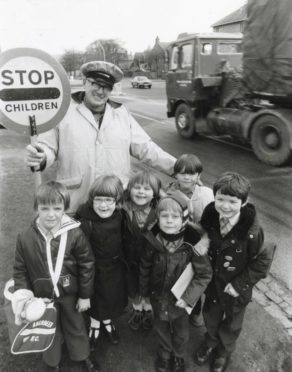
Further down Anderson Drive, 72-year-old school crossing patroller Andrew Cadenhead protects these Broomhill Primary School pupils as a lorry thunders past in 1982.
Concerns had been raised about the dangers for lollipop men and women working on the increasingly busy Anderson Drive.
A Press and Journal investigation found that many crossing patrollers edging onto the road with their lollipops held high were ignored by speeding drivers.
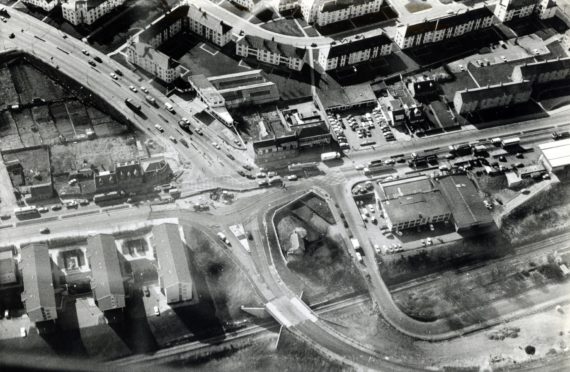
This aerial photo from 1986 shows North Anderson Road where it met Great Northern Road to the left ahead of work starting on building the notorious Haudagain roundabout.
At the bottom of the photograph is the new railway crossing at Mugiemoss Road, the first stage of a £1.9 million scheme to improve the traffic in and out of Aberdeen.
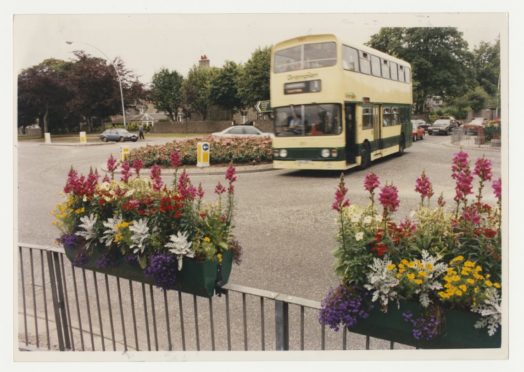
Anderson Drive was once famous for its floral displays, particularly its prize-winning roses which graced the central reservation from south to north.
But in 1992, residents were unimpressed with the floral efforts when three-foot long plastic tubs of flowers were attached to railings at the Broomhill Road junction.
Pedestrians and police both raised concerns about safety for those crossing the road, fearing the flower boxes affected drivers’ visibility at a busy junction.
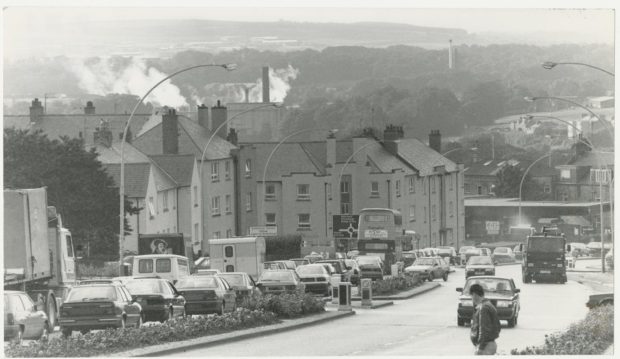
A familiar sight for any driver in the north-east, this view of nose-to-tail traffic on North Anderson Drive from 1993 could have been taken yesterday.
But although the gridlock hasn’t changed, the surroundings have.
Much of the Middlefield housing on the left has been cleared to make way for a new £50m link road in yet another bid to alleviate Anderson Drive of its congestion.
Work has been under way for a couple of years to join Anderson Drive with Auchmill Road as part of the Haudagain Improvement Project, but the end date has been delayed due to Covid.
See more like this:
